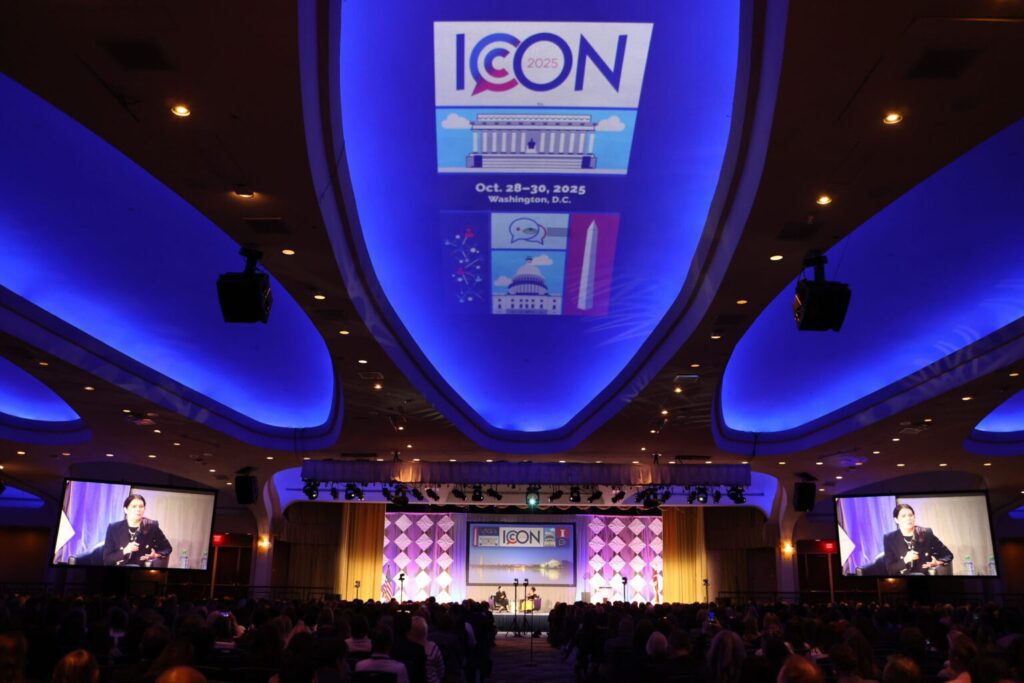Last week’s DM Confidential included an article discussing the impacts of rapid growth, something many in our industry have experienced both in terms of revenues and people. With that growth, though, come many often-unanticipated challenges, from internal communication to idea generation and execution. As companies grow, their leadership’s ability to know when to pull away and when to engage the organization will help determine their success. This week’s Trends looks at how one person responsible for building one of the largest companies in world manages some of these issues. This company is none other than Microsoft, and the idea behind this article comes from a recent Wall Street Journal piece on Bill Gates and his “Think Week.”
When companies are small, ideas can occur collaboratively and/or from the top down. While in the smaller setting, one person tends to drive product growth, the environment exists for it to generate collaboratively. Regardless of whom, the fleshing out of the idea happens rather quickly and fluidly. When executed, it not only happens with haste, but accountabilities clearly exist. The impact the idea has on the business, too, is also well anticipated and understood. All of which is to say that the process of idea generation and running the business happens hand-in-hand. Given that small organizations tend to be flat and closely knit, that this is the case makes sense. When organizations add depth and layers, idea generation and execution start to disassociate. Idea generation can still occur collaboratively and/or from the top down, but it tends not to happen as fluidly.
Each new person at the company often means one more mind that will have ideas. Some of the ideas have merit. Others absolutely do not. The challenge when larger becomes providing a means by which idea culling takes place. As mentioned last week, when organizations expand and add layers, among the first things to take place is upper management removing itself from direct customer interaction. While necessary for operations sake, this distance can often impact negatively one’s ability to understand the needs of the customer. If this isolation occurs in extreme, it could lead to a company building products and services that its core customers will not use or that its product/technologists cannot execute. Thus, the operational challenge becomes effectively gathering input from all touch points – information that can shift not just product focus but existing procedures as well.
The challenge of finding the right time to withdraw and engage becomes tough when companies reach 30 people, so imagine the situation if your company were to number in the tens of thousands. Such is the case with Microsoft, and while not the day-to-day head, Microsoft is in many ways, including product vision, the company that Gates wants it to be. His solution to the myriad of possible directions to take involves a one-week sabbatical in his hideout in the woods where he “relaxes” by contemplating the future of the industry and dispersing the results of his pondering throughout Microsoft. This is a twice-yearly ritual and has lead to such Microsoft developments as Internet Explorer, the Tablet PC, and the Xbox.
While not of the size and scale of Microsoft, those in our space can still benefit from the process Bill Gates undergoes. Almost all of what he reads comes from Microsoft staff. Think Week is, as one employee put it, “…the world’s coolest suggestion box.” Not just that, but Think Week allows submissions by employees of every level, providing almost anyone a means to share their ideas. Bill Gates does have initial help in organizing and prioritizing the submissions, as some are more pertinent than others.
The issues that face us only grow more complex, from industry developments, the competition, to internal resource allocation. Is a version of Think Week for you? That of course is for you to determine. What the exercise does tell us though is the importance of time to think and time to absorb the thoughts of those within the organization. It also reminds us of the power that the founding father often has. Without proper communication, one hasty remark could lead to much unwanted development. As Bill Gates says, "If I write a comment that says, ‘We should do this,’ things will be re-orged, engineers will move," he says. "It’s not like I can just read this paper and say, ‘Hey, cool, looks good.’ They’ll assign 20 people to it then."



